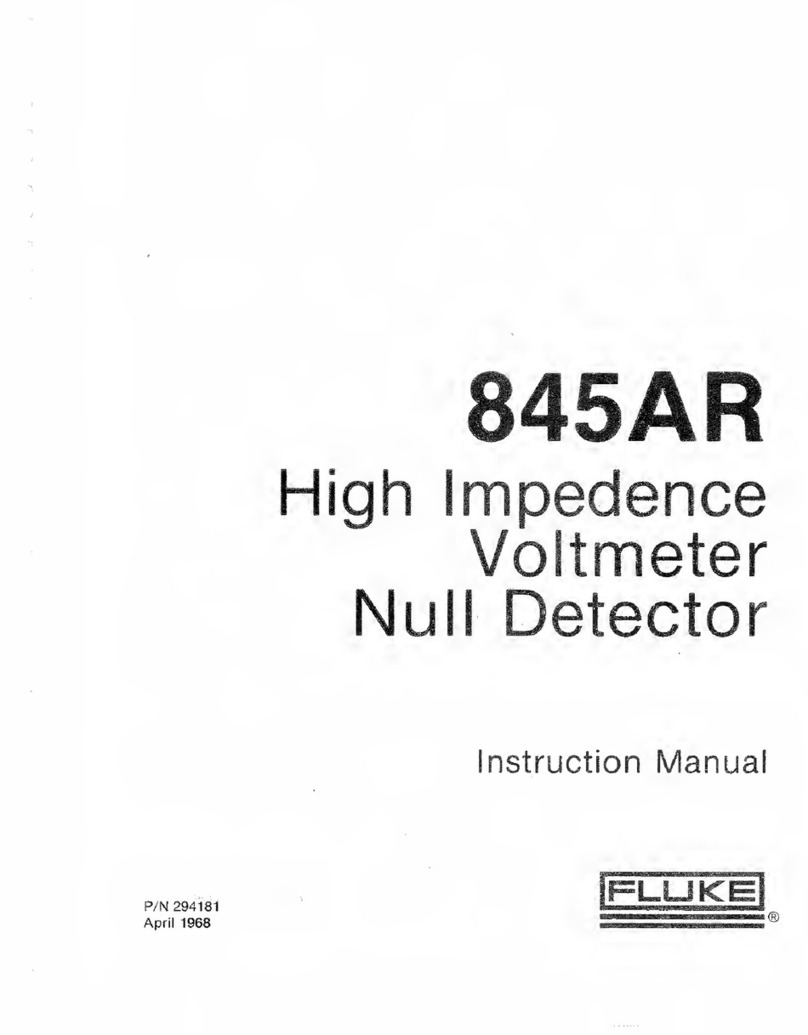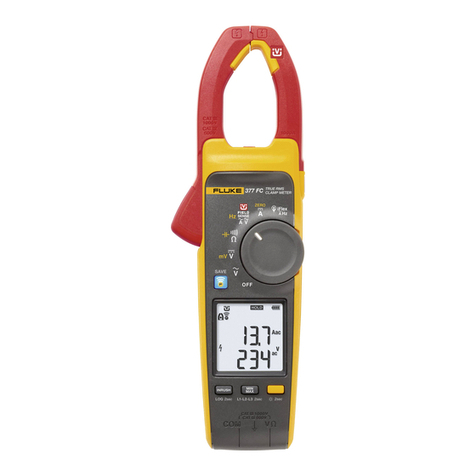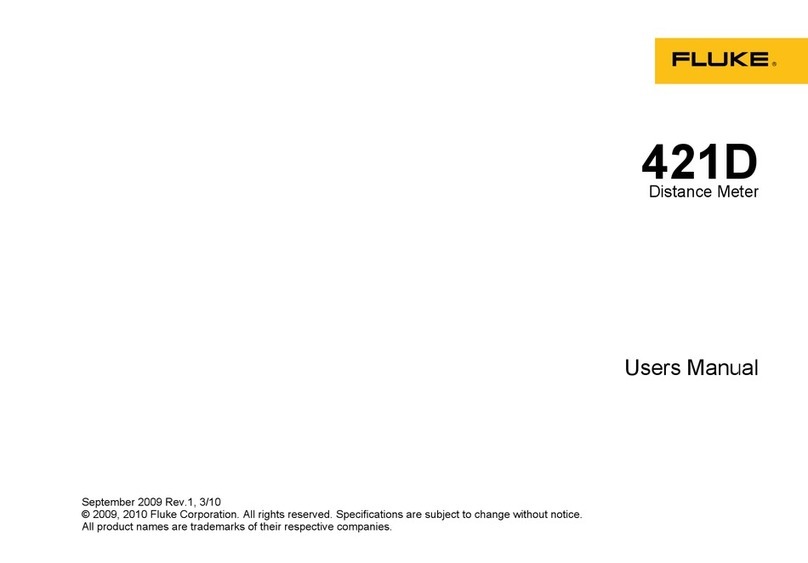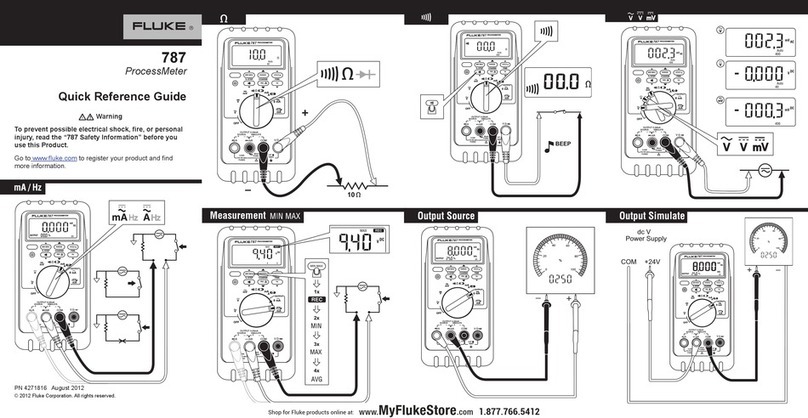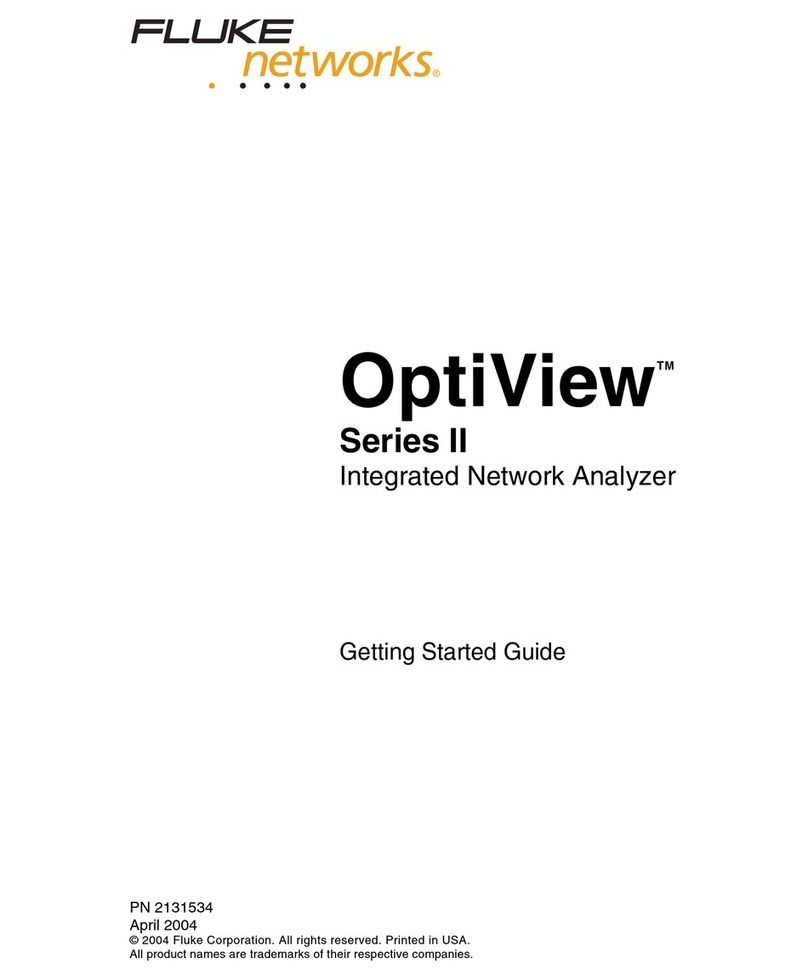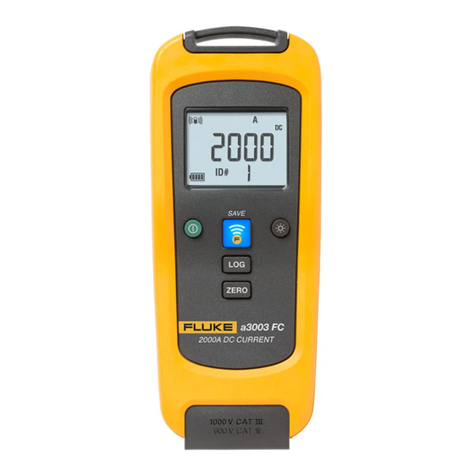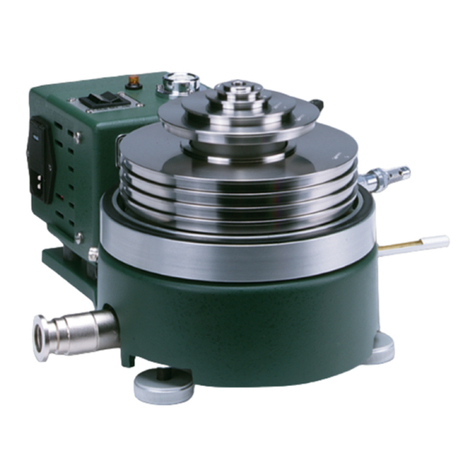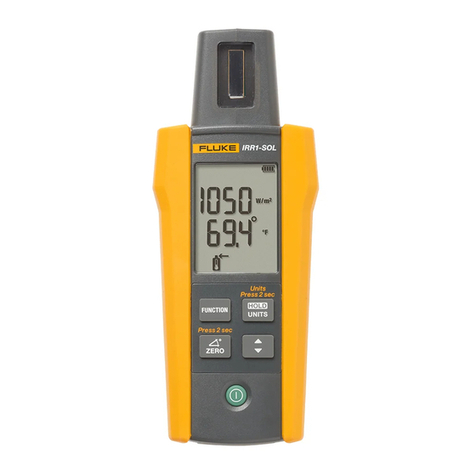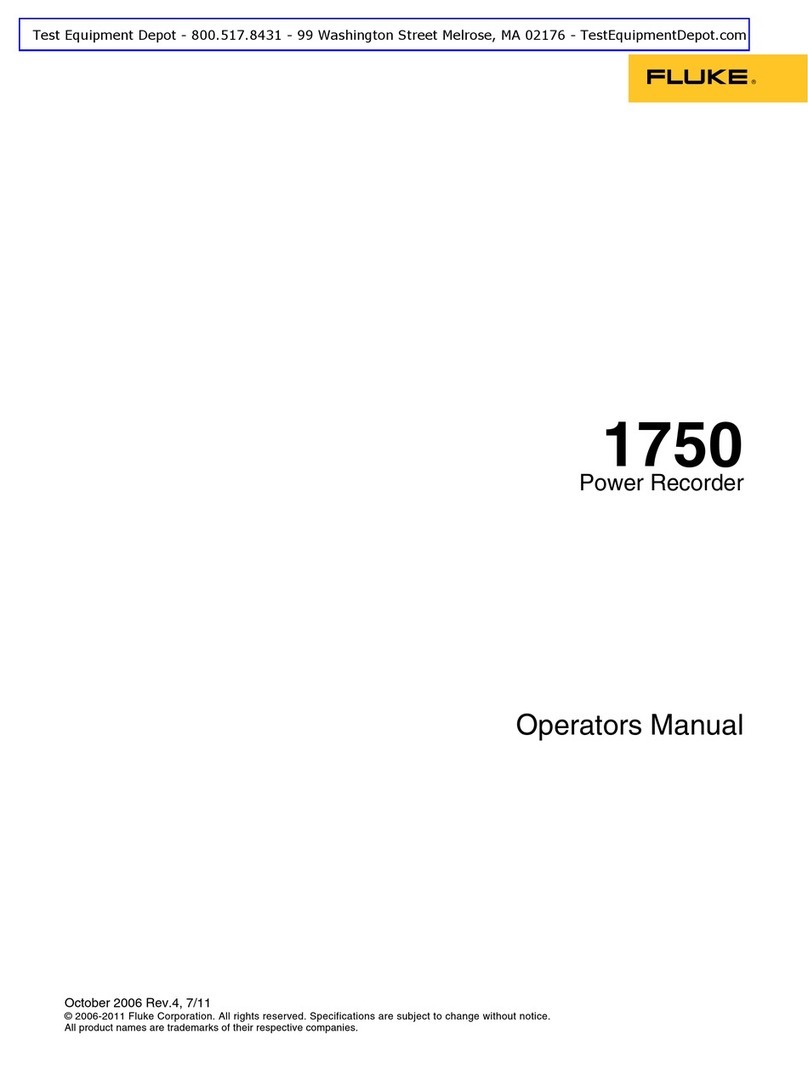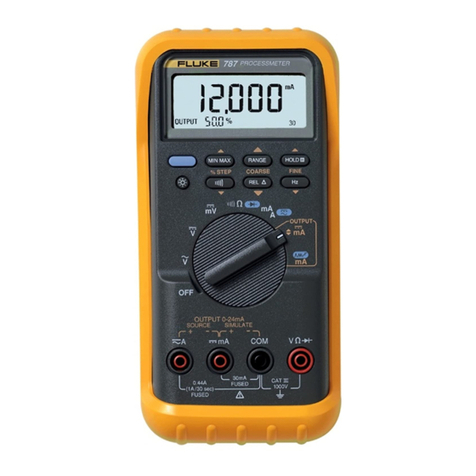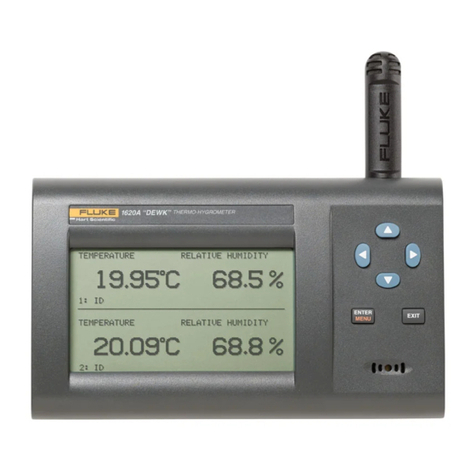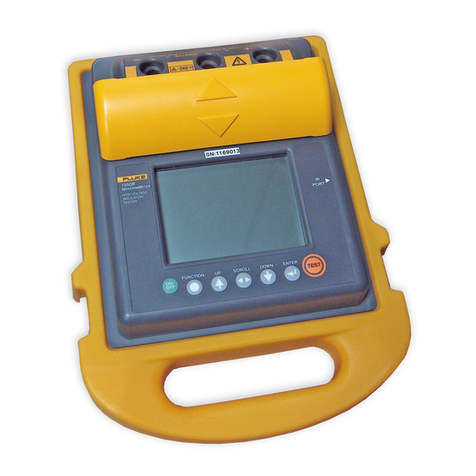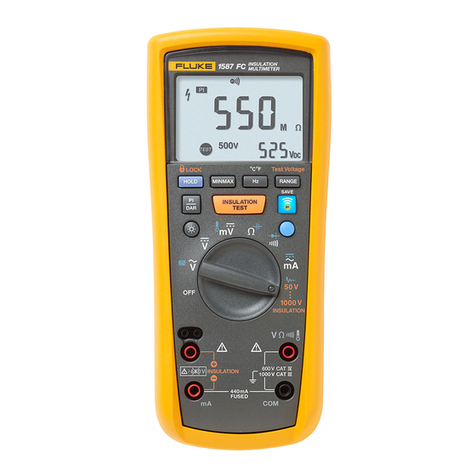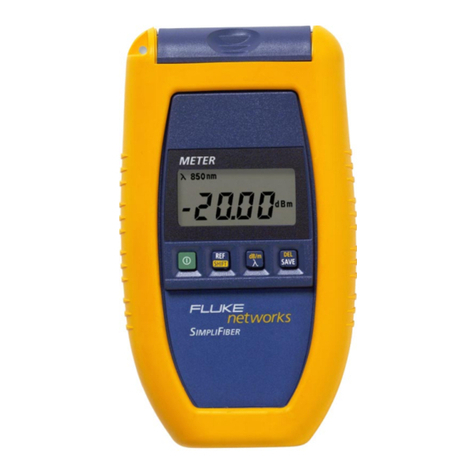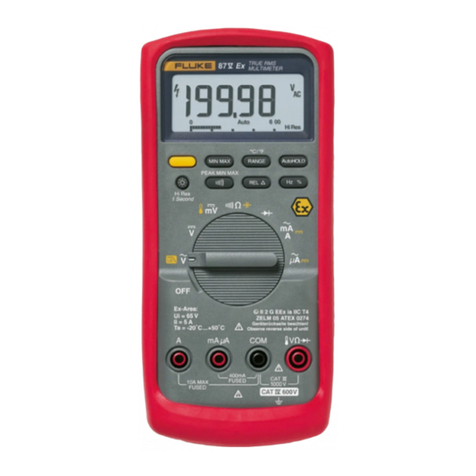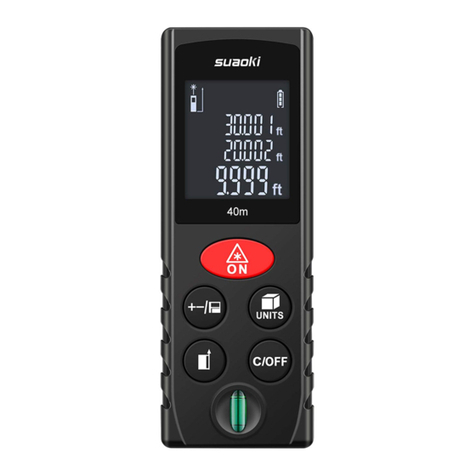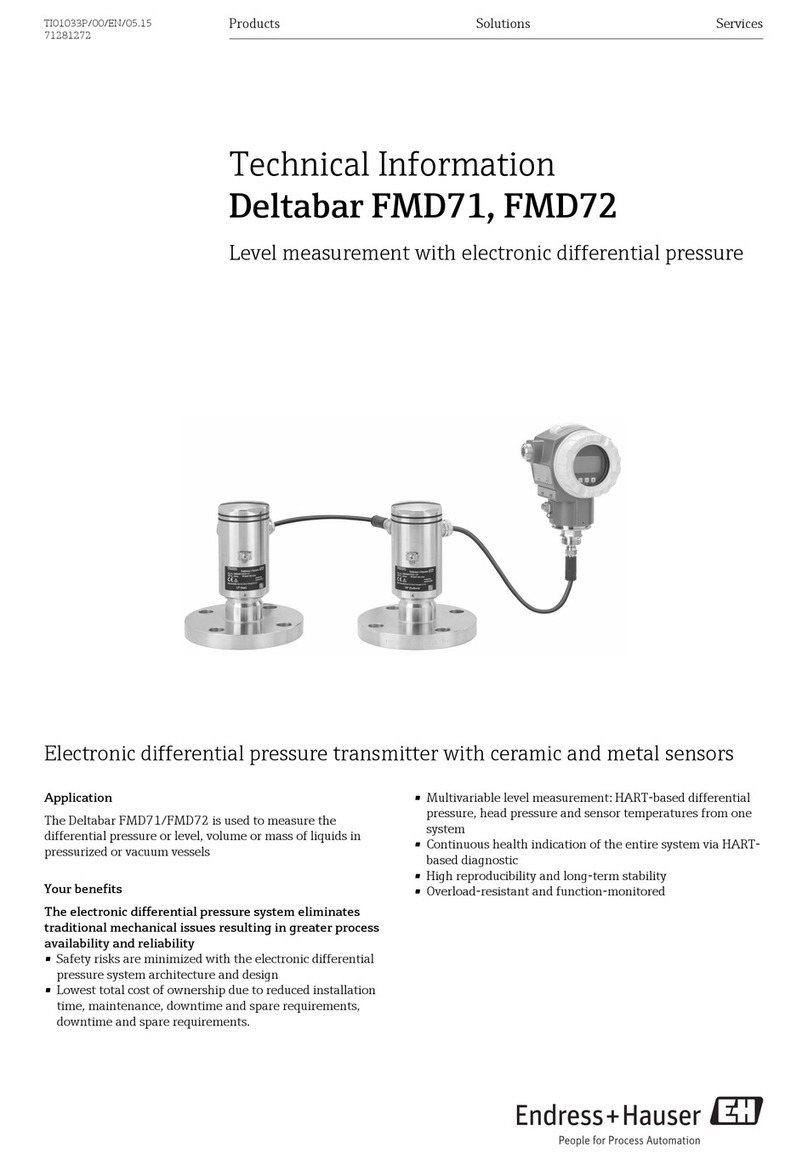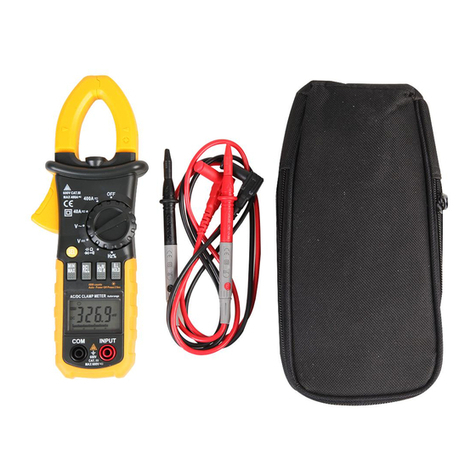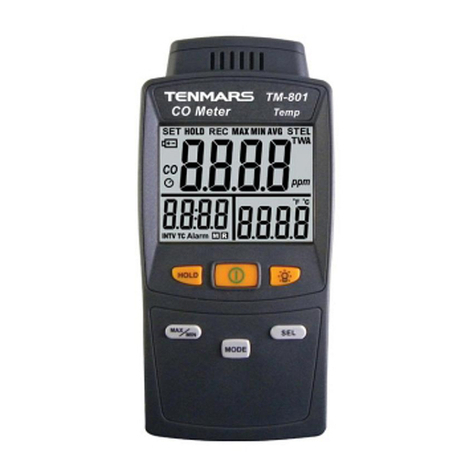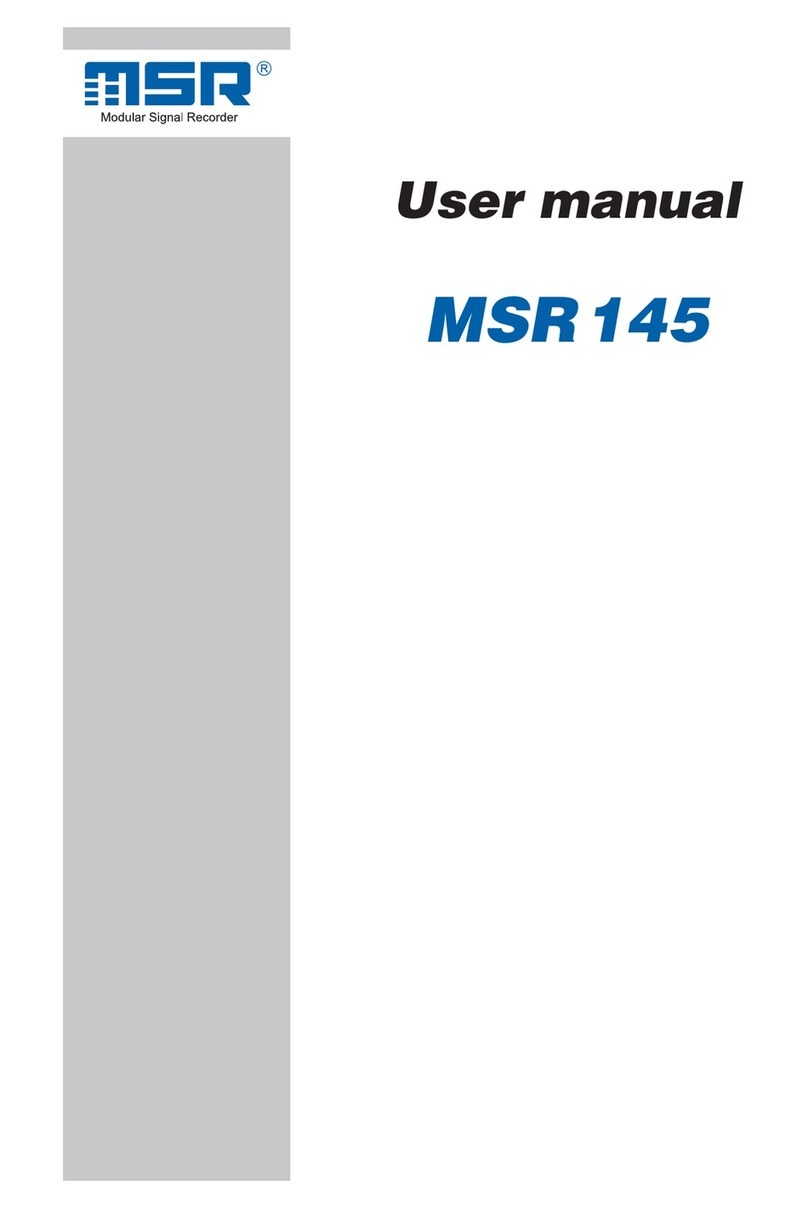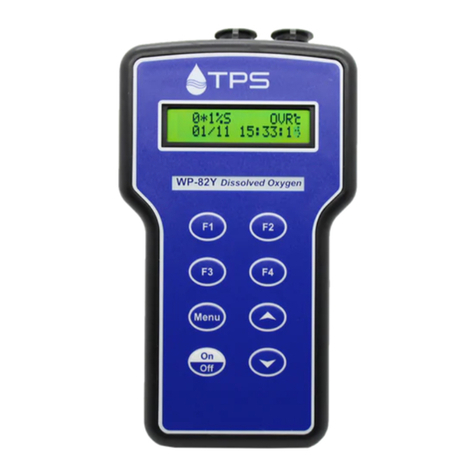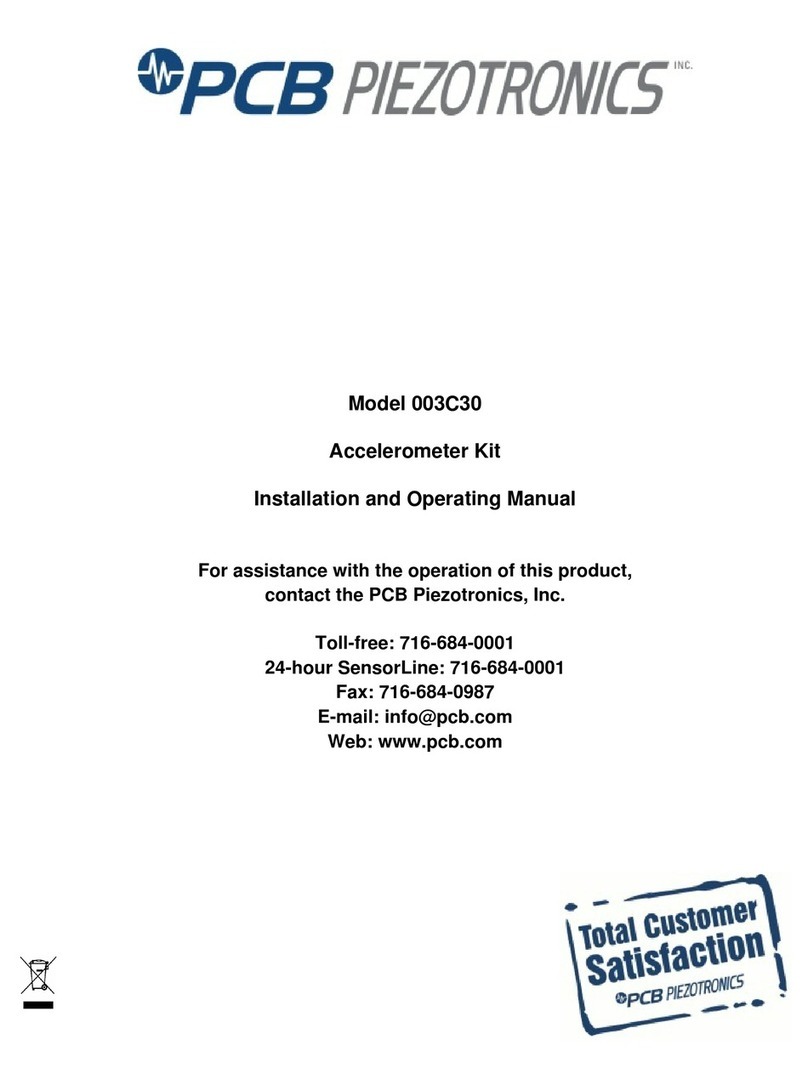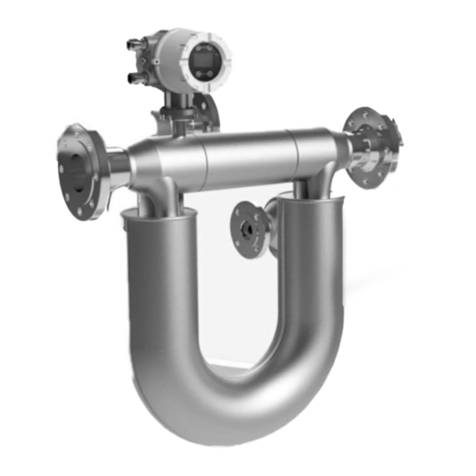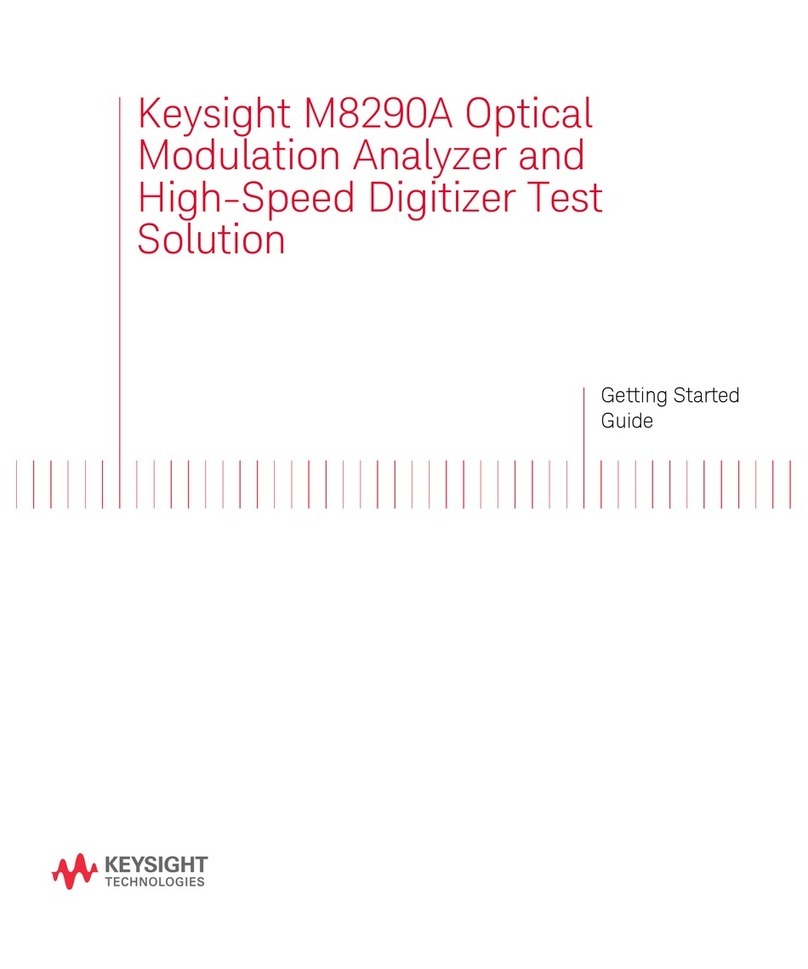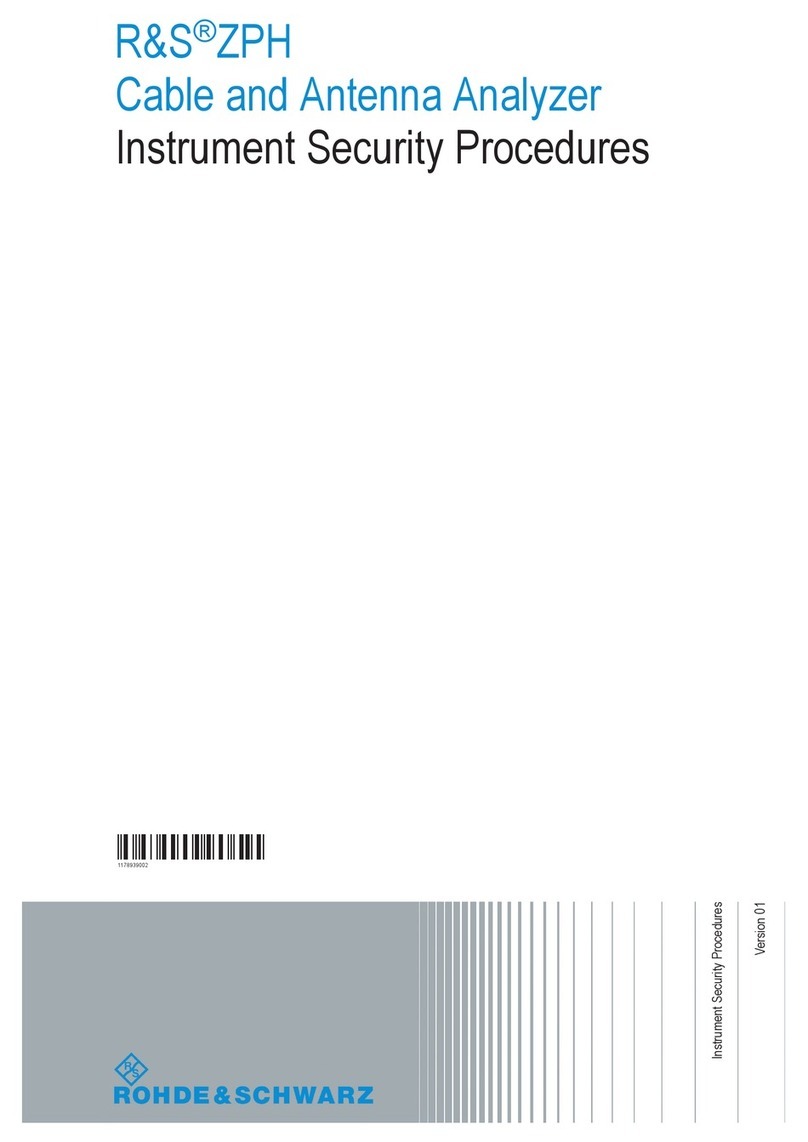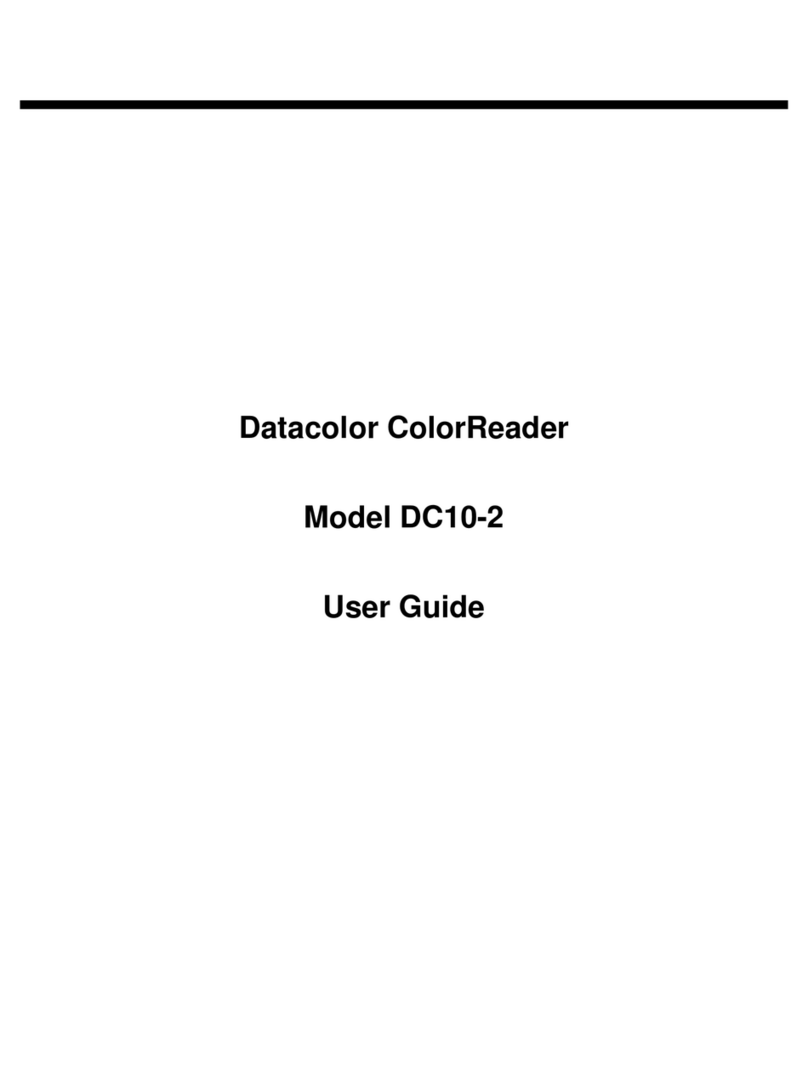
CPS-40M-HC40/CPS-100M
Instructions
6
Set Up
This section details Product set up.
W Warning
To prevent personal injury, use thread sealing tape only on NPT fittings to avoid
incorrect sealing. Do not use on JIC #4 (AN4), BSP, SAE or DH500 fittings.
CPS-40M-HC40
For atmospheric calibration:
1. Ensure the O-ring is on the SAE side of a SAE to JIC #4 (AN4) adapter.
2. Install the above adapter to the CONTROLLER port of the CPS.
3. Install the applicable adapter (JIC #4 (AN4) to NPT, BSP or SAE) to the TEST port of the pressure
controller.
4. Connect the pressure hose to the two adapters and tighten with a wrench.
5. Attach the CPS cable to the connector on the rear panel of the CPS, plug the other end into the solenoid
driver connector on the rear-panel of the pressure controller.
6. Install the free end of the drain tube into a suitable container to collect fluid contaminants.
For sub-atmospheric calibration:
1. Ensure O-ring is on the SAE side of a SAE to 3/8 tube adapter.
2. Install the above adapter to the VAC port of the CPS and tighten with a wrench.
3. Install the applicable adapter (3/8 tube to NPT, BSP or SAE) to the EXHAUST port of the pressure
controller and tighten with a wrench.
4. Place the CPS in desired location noting that test gauges will likely be mounted on top of it.
5. Plan the cuts on the 3 needed vacuum tubing sections; vacuum pump to tee, tee to CPS, and tee to
pressure controller. See Table 2. Cut the vacuum tubing into these three pieces.
6. Connect the vacuum tubing to the tee and adapters (to vacuum pump, VAC port on CPS, and
EXHAUST port on pressure controller) by normal nut and ferrule tube connection methods.
CPS-100M
To set up the CPS-100M:
1. Slide the gland nut over the threaded center of the hose end fitting as shown in Figure 1.
2. Screw the collar onto the left-hand thread hose end fitting, counter-clockwise.
3. Repeat steps 1 and 2 for the other hose end.
4. Install the High-Pressure Hose from the CONTROLLER port on the CPS to the TEST port on the
pressure controller. Torque to 15 N · m (11 lbf · ft) with a wrench. Excessive torque will lead to
premature leaks that will require replacement of the fitting.
5. Attach the CPS cable to the connector on the rear panel of the CPS, plug the other end into the solenoid
driver connector on the rear panel of the pressure controller.
6. Install the free end of the drain tube into a suitable container to collect fluid contaminants.
